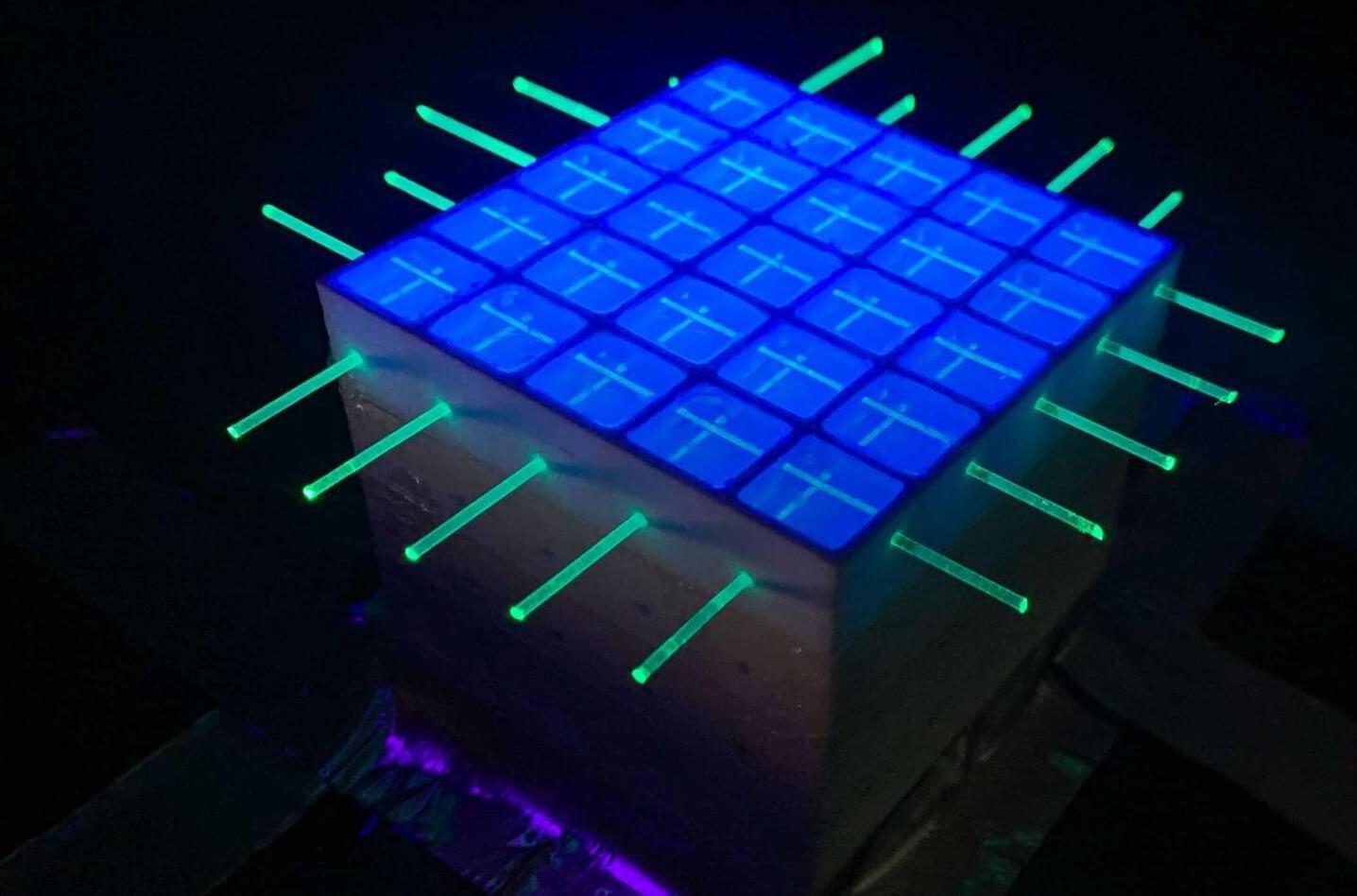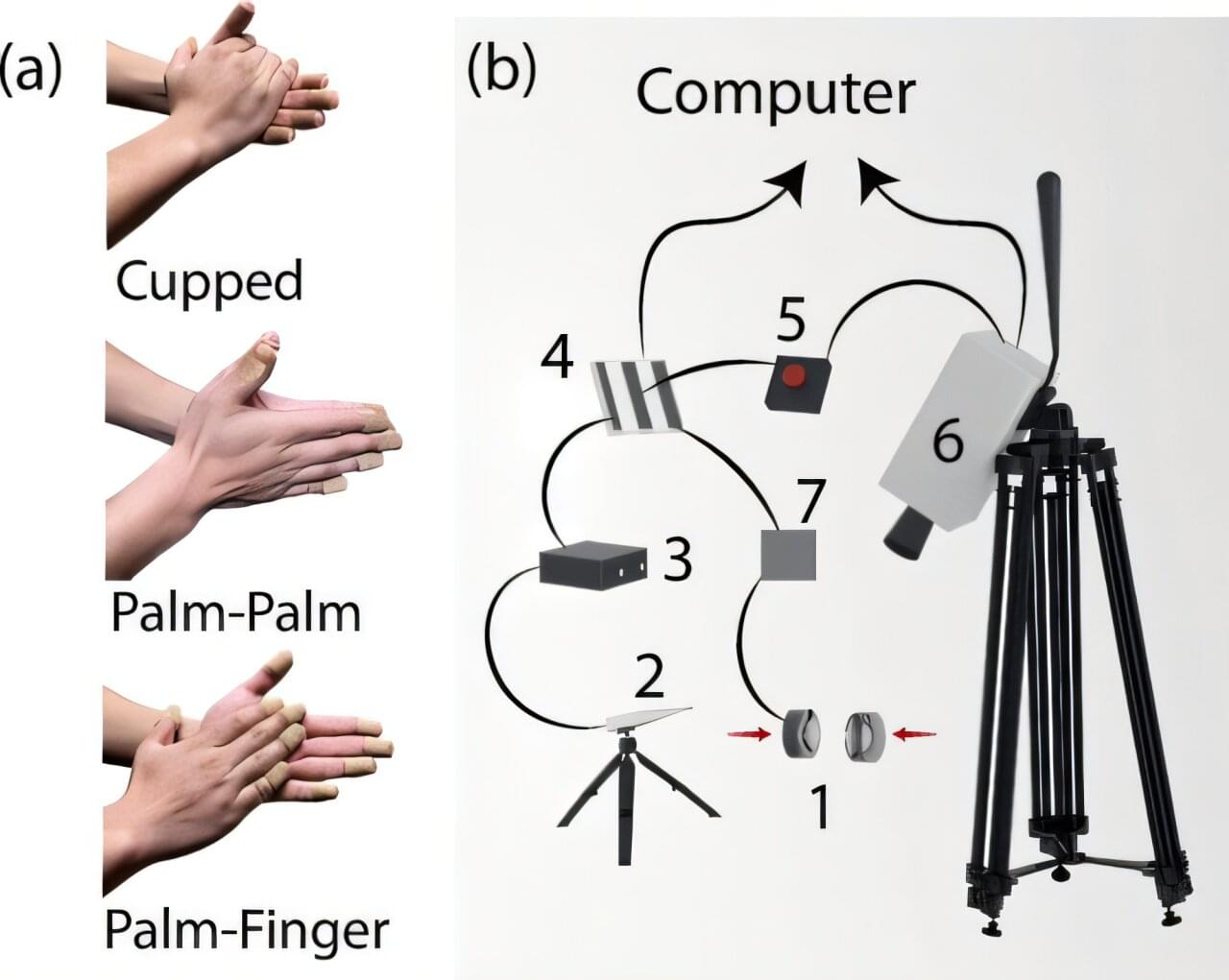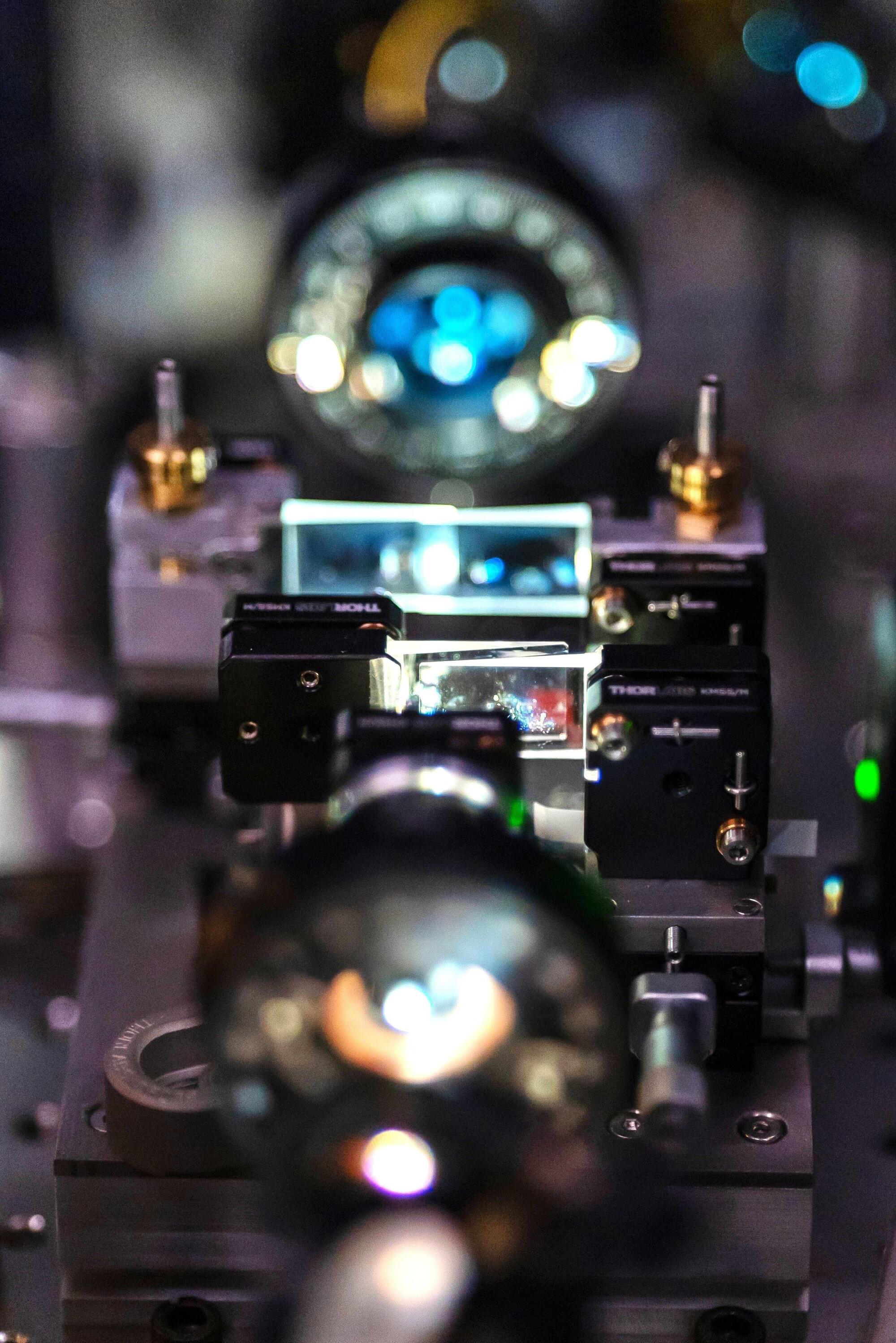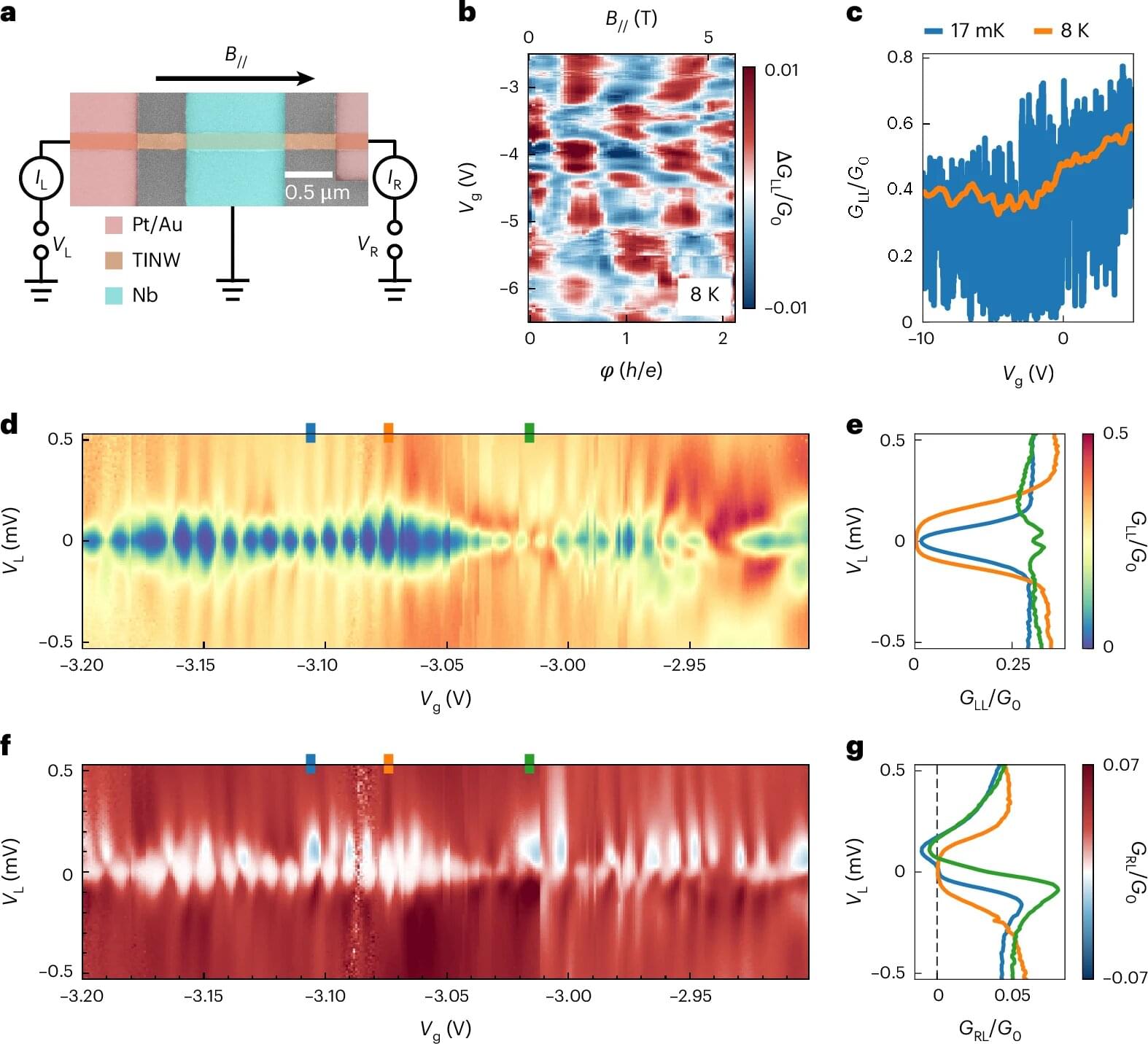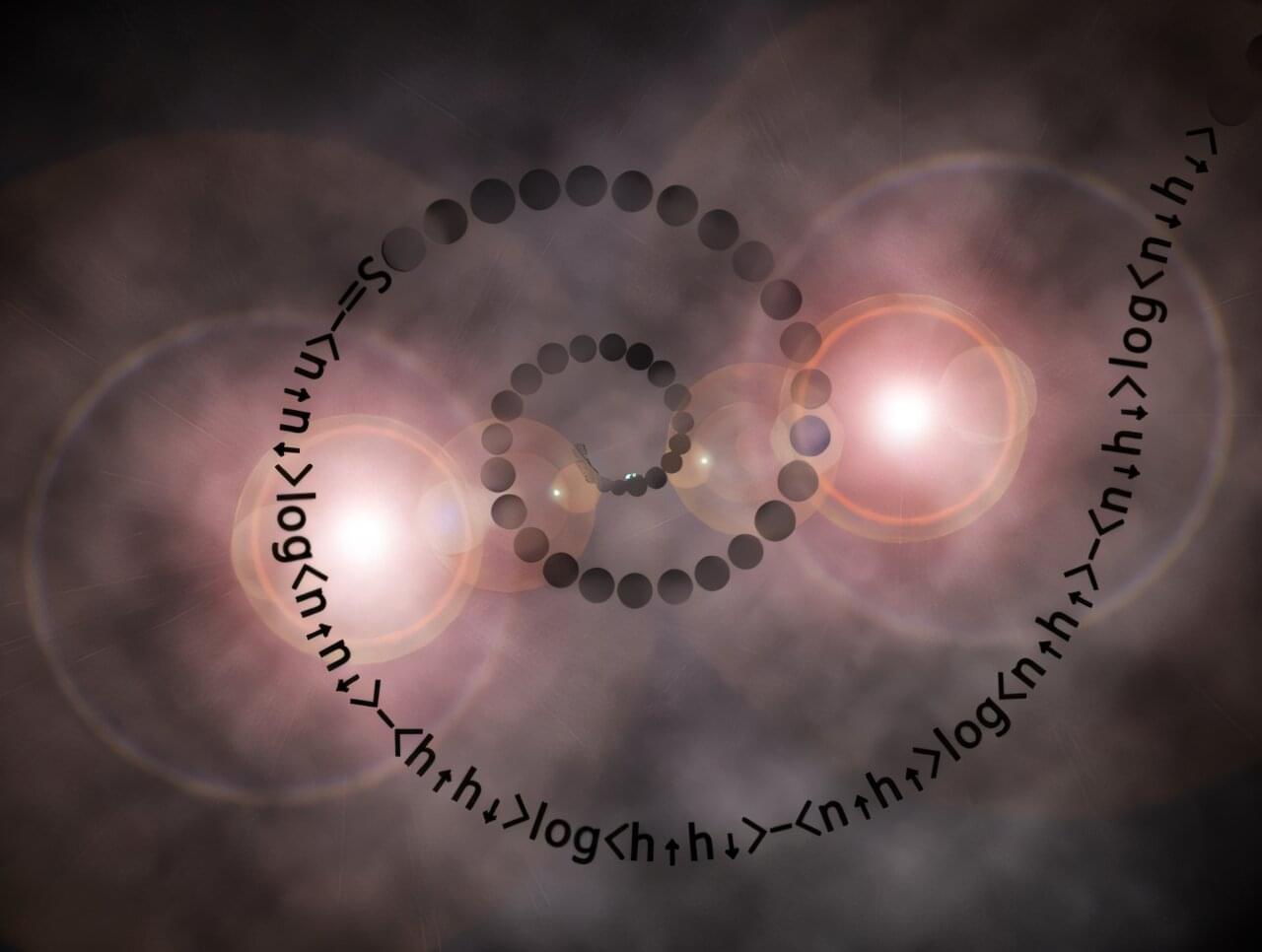An international collaboration headed by researchers in the Department of Physics has shown that additive manufacturing offers a realistic way to build large-scale plastic scintillator detectors for particle physics experiments.
In 2024, the T2K Collaboration started to collect new neutrino data following several upgrades to the experiment that included new types of detectors. One of these, called SuperFGD, has a mass of about 2 tons of sensitive volume and is made of approximately two million cubes. Each cube is made of plastic scintillator (PS) material that emits light when a charged particle passes through it.
Neutrinos carry no charge, as their name indicates, but they sometimes interact with other particles, then produce electrons, protons, muons or pions that can be detected. Each PS cube is traversed by three orthogonal optical fibers that collect the scintillation light and guide it to 56,000 photodetectors. The data reveal three-dimensional (3D) particle tracks, which in turn allow researchers to learn more about neutrinos.
